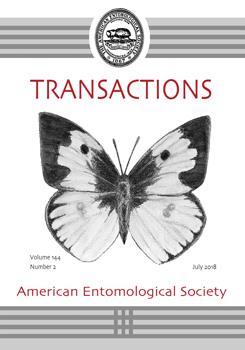Of all terrestrial ecosystems in North America, grasslands are the most threatened. With continued threats and increased fragmentation of North American prairies, there is a need for proper identification of the remaining functional prairie remnant patches. In this study, we propose the Southern Dogface butterfly, Zerene cesonia, may serve as an indicator for identifying functional prairie remnant patches. To formally test for indicator status we focus on the critically imperiled Black Belt prairie. We investigated the relationship between Pierid, sulphur, butterflies, prairie host plant distributions, and environmental conditions (soil pH and area) across several grassland sites in the Black Belt region of Mississippi. The Black Belt is a grassland association that is understudied and poorly known outside of its local region. The Black Belt system hosts many species of flora and fauna either native or disjunct from the Great Plains. One such species is Z. cesonia, which is observed to be limited in its distribution to prairie grasslands. The results from field observations showed that Z. cesonia is clear indicator of prairie remnant patches. The results from laboratory oviposition experiments show Z. cesonia has a strong preference for prairie clover, (Dalea purpurea). Collectively, these results suggest Z. cesonia has an association with prairie remnants that may be driven by its preference of prairie clover as its larval host. Broadly, this study provides an example of how butterfly communities and their environmental interactions can be used to assess grassland function and conservation efforts.
How to translate text using browser tools
15 May 2018
Lessons from Butterflies of the Black Belt Prairie: The Southern Dogface as an Indicator of Prairie Remnants
Jennifer Fenner,
Tyler Schartel,
Brian Counterman
ACCESS THE FULL ARTICLE





